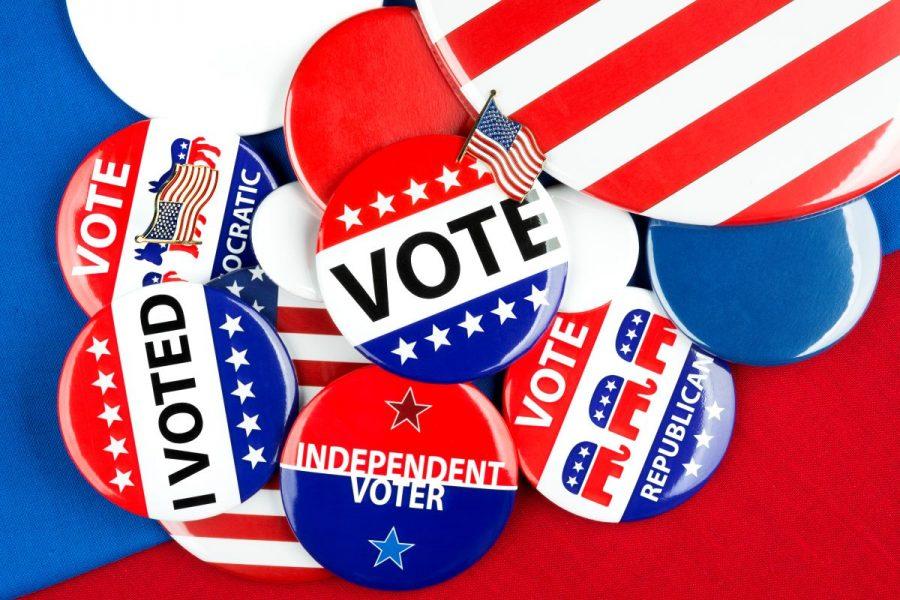Definition and Purpose
NAFTA stands for North American Free Trade Agreement. It is made up of the three largest countries of North America: U.S., Canada and Mexico. The main purpose of NAFTA is to eliminate tariffs (tax on imported goods) and other trade barriers between the countries. NAFTA’s purpose is to expand trade and boost North American competitiveness on the global market.
Secondary Purposes
NAFTA also helps protect intellectual property among the three countries by providing punishment against intellectual theft. Additionally, NAFTA has some environmental and labor regulations for manufacturing in the three countries. For example, the deal boasts an environmental side agreement known as the Commission for Environmental Cooperation that tries to regulate NAFTA’s affect on the environment.
Sources: Council on Foreign Relations, Britannica, The Balance
A Brief History
When NAFTA went into effect in 1994, it was met by bipartisan (both parties) support with 34 Republicans and 27 Democrats signing the bill in the Senate. Over time, NAFTA was expanded through other trade alliances such as the Trans-Pacific Partnership (TPP) that included more countries.
Sources: The Balance, Congressional Research Service
Varying Viewpoints
For NAFTA
Lower prices of groceries and oil
|
Against NAFTA
Insufficient Environmental and labor policies
Mexican farmers replaced by cheap US goods
|
American Jobs and NAFTA’s effect
This is by far the most contentious point of disagreement: is NAFTA costing American jobs? Supporters of the bill argue more jobs are created by trade while opposers say more jobs are lost by companies finding cheaper labor in Mexico.
Recent Events and Reformation
The purpose of renegotiation is to boost the manufacturing sector in the United States and decrease the trade deficit, President Donald Trump said.
In August 2017, President Trump initiated a renegotiation of NAFTA with Canada and Mexico. The renegotiations increased tensions between the countries, especially the U.S and Canada, with President Trump threatening to issue tariffs on Canada April 2018 because Canada refused to agree to his terms. By August 2018, however, a new deal was made called the United States-Mexico-Canada Agreement (USMCA). This deal still needs to be approved by the American and Canadian legislative bodies (Congress in the United States). Mexico already ratified the agreement in June 2019. The USMCA is set to go into effect in 2020 if ratified by the U.S. and Canada.
Sources: Vox, Chicago Council, Forbes
How NAFTA Changed
How the New Agreement changed NAFTA:
- Auto Companies must manufacture 75 percent of car components in the U.S., Canada and Mexico.
This number was previously 62.5 percent.
- 30 percent of a car must be made by workers earning at least 16 dollars/hour. In 2023, it must be 40 percent.
- Canada eased its dairy restrictions allowing the U.S. to export 560 million dollars worth of dairy products.
- There will be a sunset clause, meaning the USMCA will stay for 16 years and see revision every six years.
- There will be stricter copyright terms that extend to 70 years, which is up from the previous 50 years.
Source: USAToday
Public opinion of the USMCA
Overall the USMCA is supported by the majority of Republicans and a split pool of Democrats.


















































































